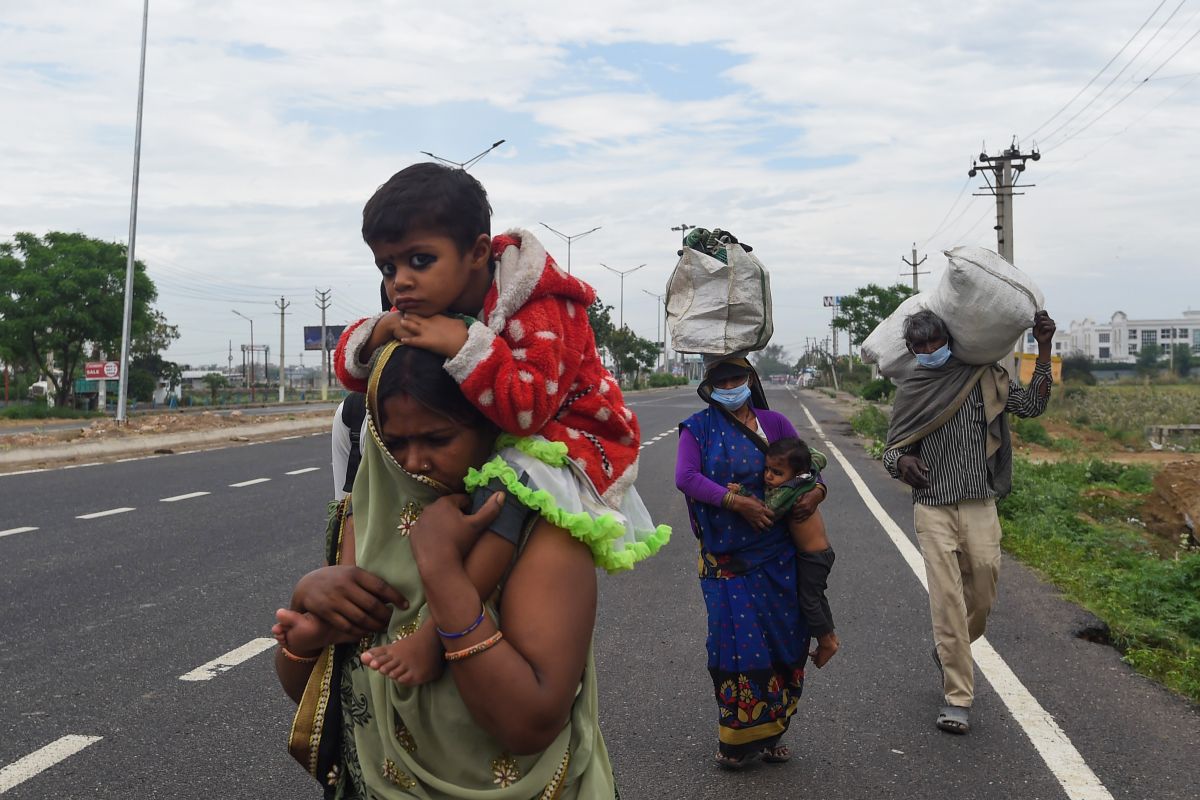The UN’s prognosis is direly distressing for women and child development entities in South Asia. The world body’s report, released on Wednesday, assumes greater significance as it has been crafted in the context of the coronavirus pandemic. It is still more significant for India, where the scenario is more forbidding than in Pakistan, Sri Lanka and Bangladesh, countries that have contained the virus better. The striking feature is the UN’s projection that the female poverty rate seems poised to increase in 2021 because of the pandemic; going by fresh data, more women than men in the 25-34 age group will be poorer in the next decade.
Quite total, therefore, will be the gender inequality in societal and economic terms should decades of progress be stalled. The UN Women and the UN Development Programme (UNDP) have underlined the fear that the pandemic will “disproportionately affect women and push 47 million more women and girls into extreme poverty by 2021”. A greater responsibility devolves on the authorities in India not the least because of the influx of migrants into the subaltern belt, notably Ganjam in Odisha, arguably the most acutely affected district in the country. Women and children in other parts of the India have reportedly been driven to penury in parallel to the pandemic.
Advertisement
The report has made it pretty obvious that governments of the affected countries have a crucial role to play. The gender-poverty gap will worsen further still in South Asia, Central and Southern Asia and sub-Saharan Africa ~ “home to 87 per cent of the world’s extreme poor”. Livelihood is at stake in a vast swathe of Asia and Africa. The report has dwelt not so much on the incidence of the dreaded disease, but on the dire threat to livelihoods and the resultant economic blight.
The forbidding phenomenon, indeed the grim fallout of the pandemic, exposes the vulnerability of women and girls. Development of both segments has hit the reefs, and this must be no less tragic than the mortal spread with millions of the afflicted languishing in quarantine centres. The pre-pandemic female poverty rate in South Asia was projected to be ten per cent in 2021; it is now expected to reach 13 per cent.
The resurgence of poverty due to the pandemic “threatens to deepen gender poverty groups”. The impact on the demographic construct is bound to be severe in the countries under focus. If 47 million women are “pushed to poverty”, the occasionally proud boast of GDP means little or nothing in tangible terms. Poverty is a concomitant phenomenon of the pandemic. Both lives and livelihood are at stake.









